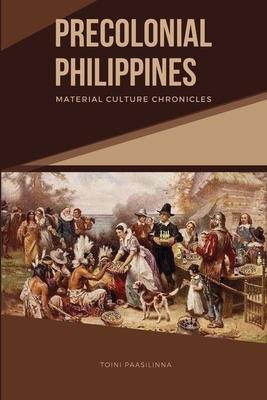This study delves into the complex interactions between Spanish colonizers and the indigenous peoples of the Philippine archipelago during the initial contact marked by Ferdinand Magellan's landing. While gold initially captured the attention of Magellan's crew, this research emphasizes the multifaceted nature of the encounter by exploring the role of wood and its significance in the indigenous cultures of the Visayan islands. This investigation contributes to the broader understanding of indigenous resistance and negotiation during over three centuries of Spanish colonial rule.
The study acknowledges the existing body of work addressing indigenous responses to Spanish colonization in the Philippines. However, it uniquely focuses on the material culture, particularly the interplay between gold and wood, to unveil nuances of the syncretic processes at play. Through the lens of material culture, this research aims to illuminate how indigenous communities negotiated their identity, beliefs, and practices within the constraints of Spanish colonialism.
